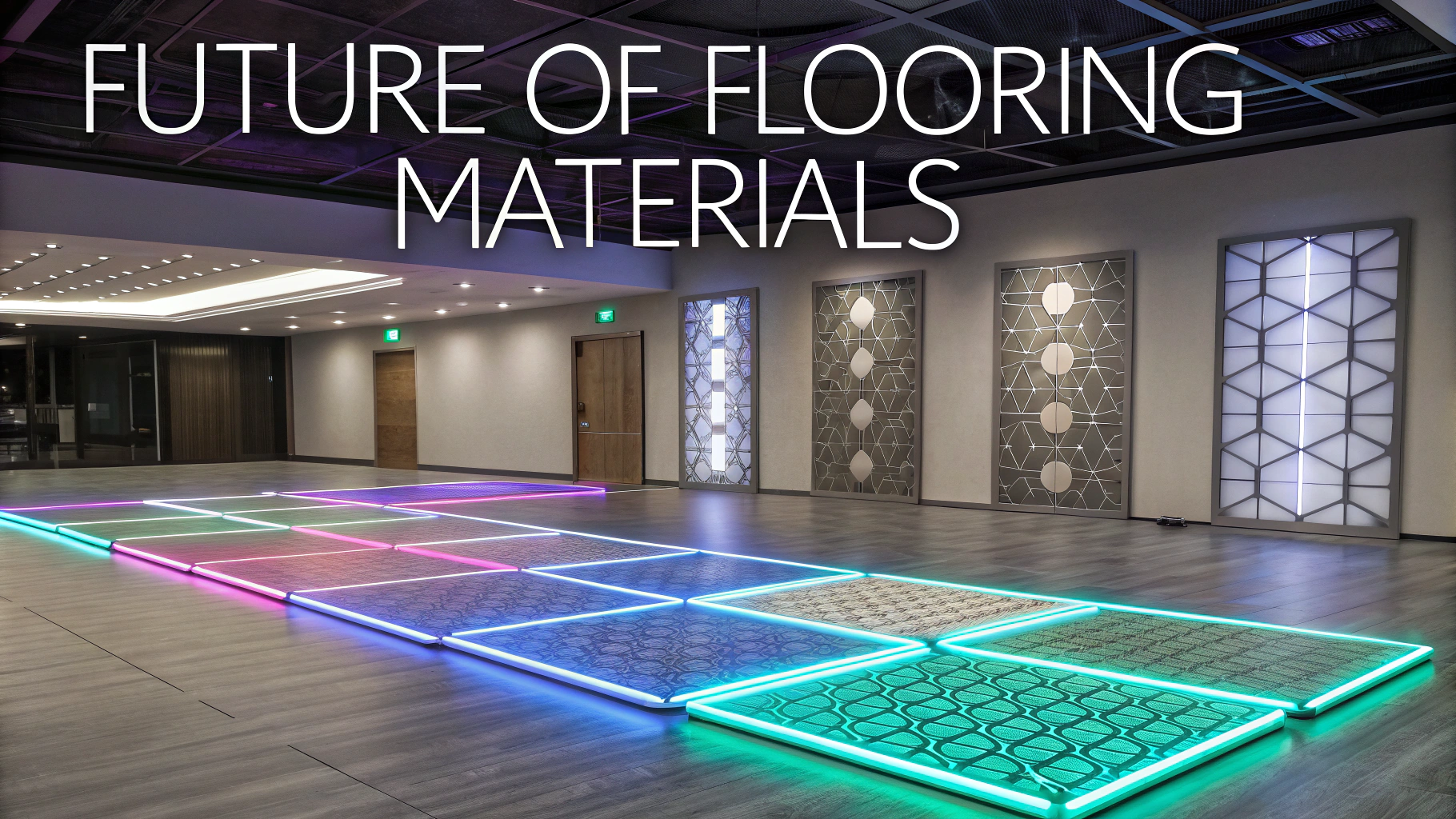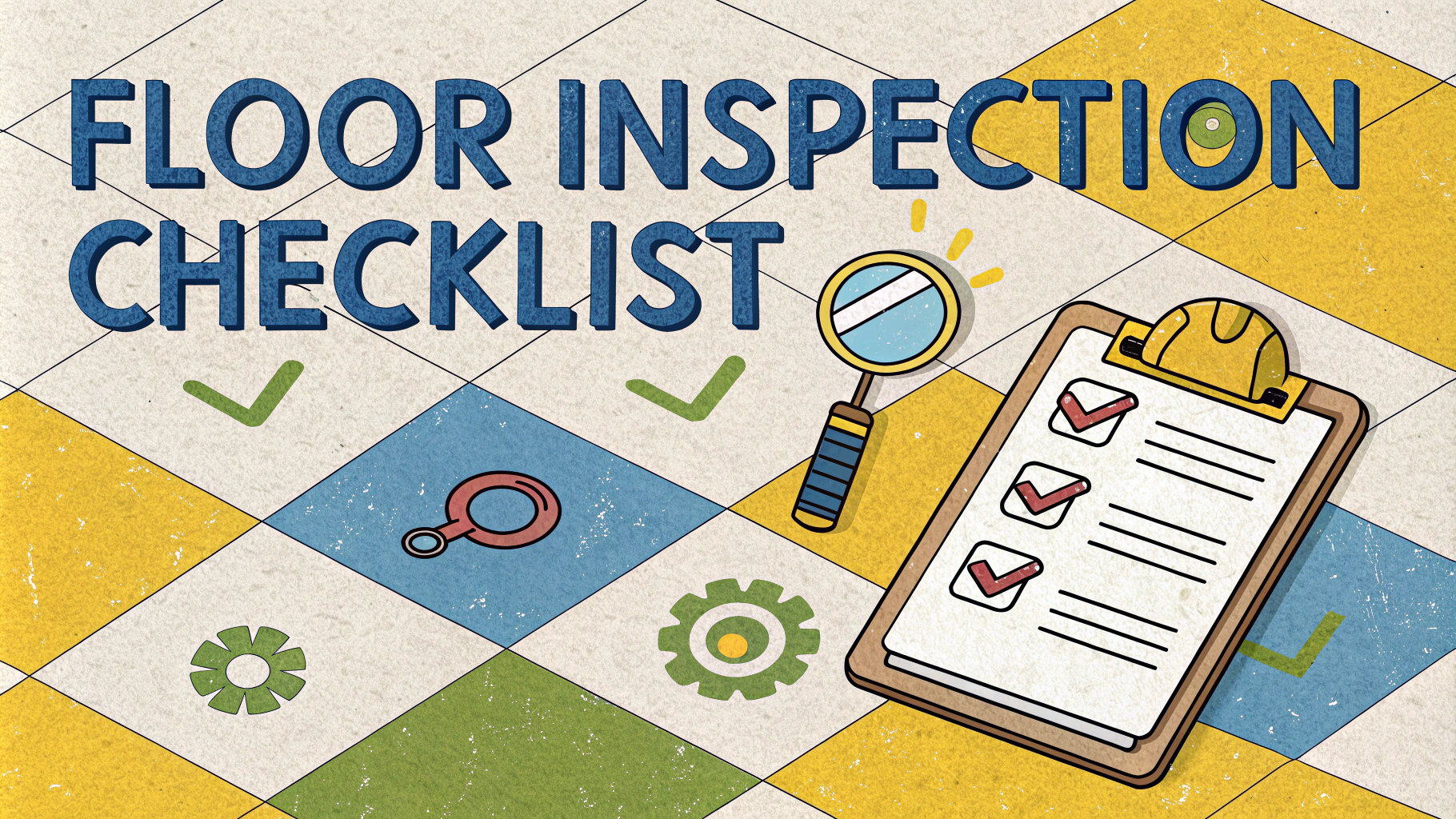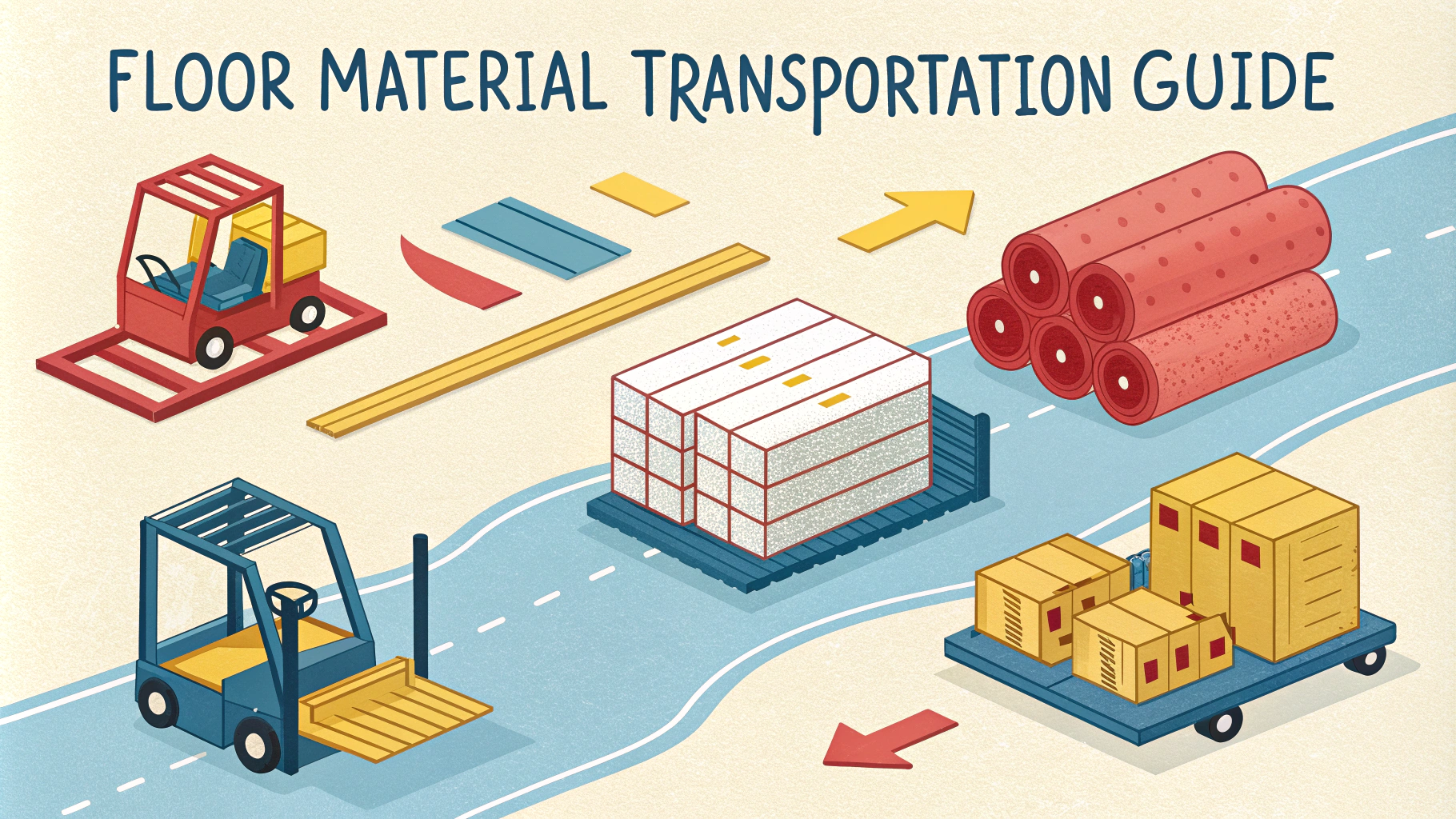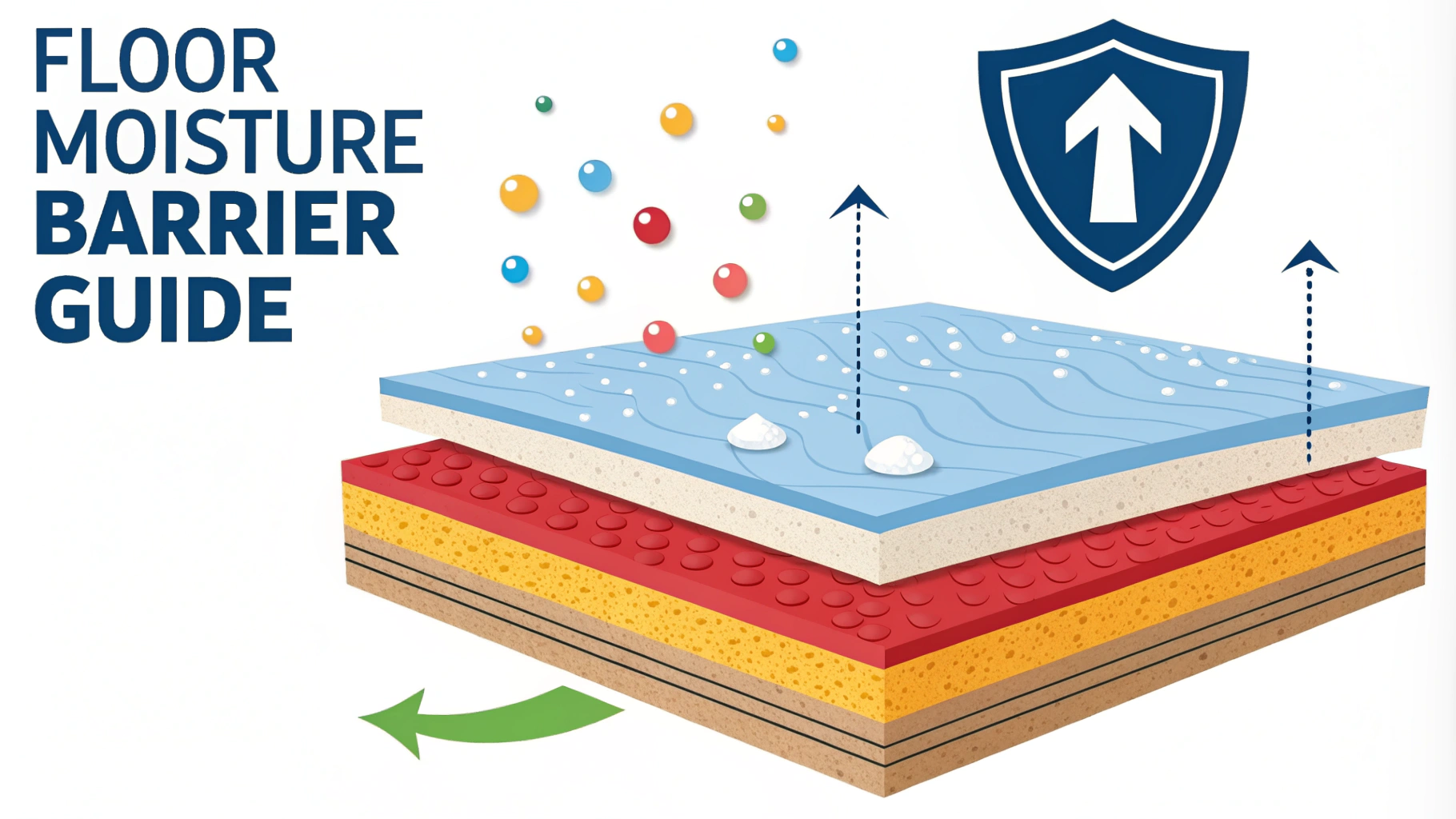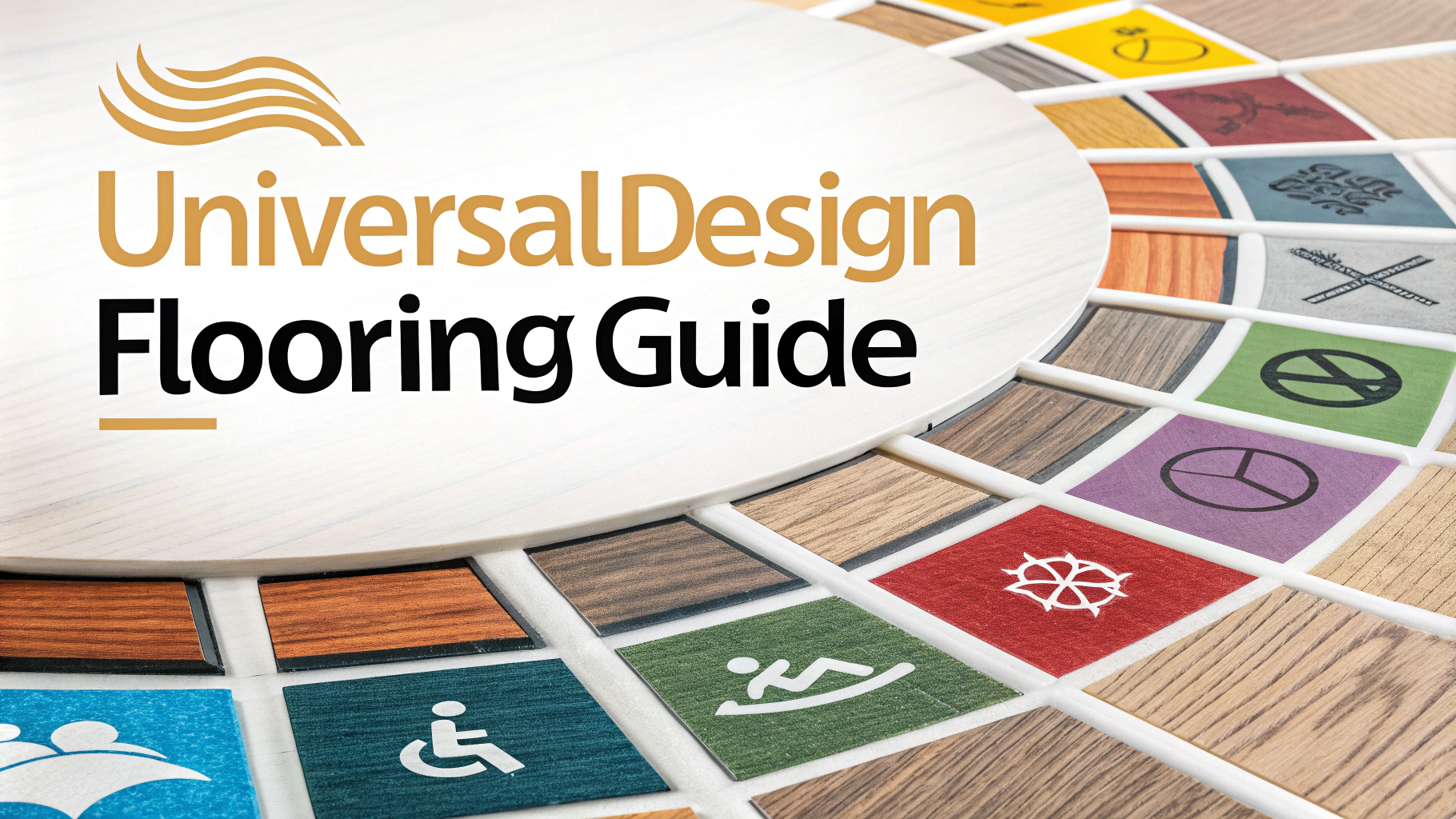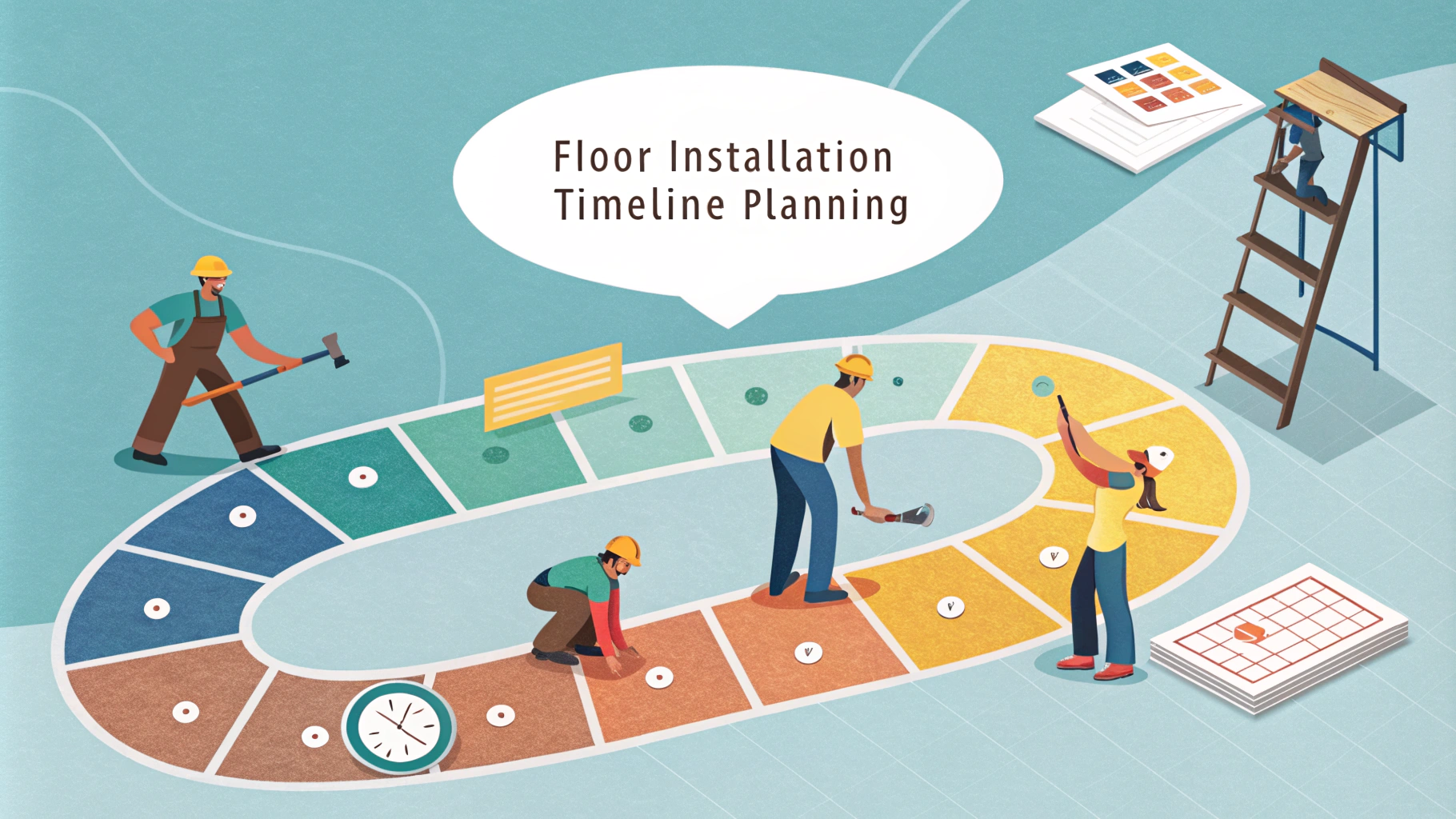Floor moisture barriers protect flooring installations from water damage and mold growth by creating a protective layer between the subfloor and finished flooring.
Understanding which type of moisture barrier suits your specific flooring project can save thousands in potential repairs and extend the life of your floors significantly.
This guide walks through everything needed to select and install the right moisture barrier for different flooring types and situations.
Types of Moisture Barriers
- Plastic Sheeting (6-mil polyethylene) – Most common for concrete subfloors
- Roll-On Barriers – Liquid applications that dry to form a membrane
- Built-in Backing – Pre-attached to certain flooring products
- Combination Underlayment – Moisture barrier with sound/thermal properties
When You Need a Moisture Barrier
Any floor installation over concrete requires a moisture barrier, regardless of the concrete’s age.
Basements and ground-level installations always need moisture protection.
Wood subfloors above crawl spaces should include vapor barriers.
Moisture Testing Before Installation
- Calcium Chloride Test: Measures moisture vapor emission rate (MVER)
- Relative Humidity Test: Uses probes to measure concrete moisture content
- Electronic Moisture Meters: Provides quick surface readings
Professional testing services typically charge $200-500 for comprehensive moisture evaluation.
Installation Tips by Flooring Type
| Flooring Type | Recommended Barrier |
|---|---|
| Hardwood | 6-mil polyethylene + rosin paper |
| Laminate | Combined underlayment with vapor barrier |
| Vinyl | Roll-on membrane for concrete |
| Carpet | Moisture-resistant padding |
Common Installation Mistakes
- Skipping barrier seam sealing
- Improper overlap at wall joints
- Using damaged or punctured materials
- Installing over dirty/uneven surfaces
Maintenance and Monitoring
Check for condensation or dampness regularly under floor registers or at perimeter areas.
Monitor indoor humidity levels using a hygrometer, aiming for 35-55% relative humidity.
Address any water leaks or spills immediately to prevent barrier compromise.
Professional Help and Resources
Contact the National Wood Flooring Association (NWFA) at 800-422-4556 for certified installer referrals.
Local building inspectors can provide area-specific moisture barrier requirements.
Major flooring manufacturers offer technical support lines for product-specific guidance.
Next Steps for Your Project
Schedule a professional moisture test before selecting materials.
Request material samples to verify compatibility with your subfloor.
Document manufacturer warranties and installation requirements for future reference.
Cost Considerations
Moisture barrier costs vary significantly based on type and coverage area:
- 6-mil polyethylene: $0.15-0.30 per square foot
- Roll-on barriers: $0.50-1.25 per square foot
- Combination underlayment: $0.75-2.00 per square foot
- Professional installation: Additional $1-3 per square foot
Environmental Impact
Consider these eco-friendly moisture barrier options:
- Recycled plastic sheeting materials
- Low-VOC roll-on products
- Natural fiber underlayments with moisture resistance
- Sustainable cork-based combination barriers
Special Considerations
Climate Zones
Different regions require specific approaches:
- Humid coastal areas: Double vapor barrier protection
- Dry climates: Lighter moisture protection acceptable
- Seasonal areas: Flexible barriers that adapt to changes
Commercial Applications
- Higher grade materials required for heavy traffic
- Enhanced warranty coverage needed
- Specific building code compliance
Protecting Your Investment
Proper moisture barrier selection and installation protects both your flooring investment and property value. Regular monitoring and maintenance ensure long-term effectiveness.
Document all installation details and keep material warranties accessible for future reference. Consider professional inspection services for large or complex installations.
Remember that the initial investment in quality moisture protection typically pays for itself many times over by preventing costly moisture-related damage.
FAQs
1. What is a floor moisture barrier and why do I need one?
A moisture barrier is a protective layer that prevents water vapor from moving up through concrete slabs and damaging your flooring. It’s essential for preventing mold, warping, and deterioration of your floor covering.
2. Which types of flooring require a moisture barrier?
Hardwood, laminate, vinyl, and carpet installations typically require moisture barriers when installed over concrete. Some engineered wood products come with pre-attached moisture barriers.
3. What are the most common types of moisture barriers available?
Popular options include polyethylene sheets (6-mil or thicker), sheet membranes, liquid-applied membranes, and combination underlayments with built-in moisture barriers.
4. How do I know if my concrete floor needs a moisture barrier?
Conduct a calcium chloride test or relative humidity test to measure moisture emission rates. Readings above 3-4 pounds per 1,000 square feet over 24 hours indicate a moisture barrier is needed.
5. Can I install a moisture barrier over existing flooring?
No, moisture barriers should be installed directly on clean concrete or subfloor surfaces. Existing flooring must be removed first to ensure proper barrier effectiveness.
6. What happens if I don’t install a moisture barrier?
Without proper moisture protection, you risk floor cupping, crowning, buckling, mold growth, adhesive failure, and complete flooring system failure, potentially voiding manufacturer warranties.
7. How long does a moisture barrier last?
When properly installed, quality moisture barriers can last the lifetime of your flooring. However, damage during installation or subfloor movement can compromise their effectiveness.
8. What’s the proper way to seal moisture barrier seams?
Overlap seams by 6-8 inches minimum and seal with moisture-resistant tape designed for vapor barriers. All edges should be sealed against walls and penetrations.
9. Can moisture barriers help with radon gas?
Yes, properly installed vapor barriers can help reduce radon gas infiltration from the ground, though specific radon mitigation systems may be needed for high-risk areas.
10. How much does moisture barrier installation typically cost?
Professional installation usually ranges from $0.50 to $2.00 per square foot, depending on the type of barrier and local labor rates, not including flooring costs.

